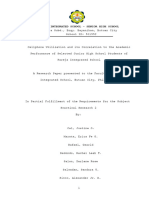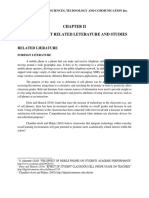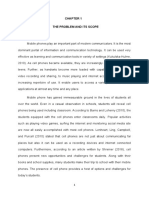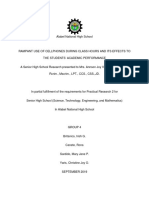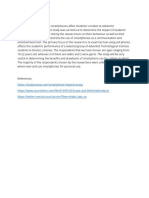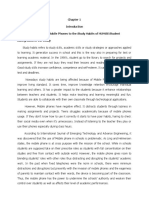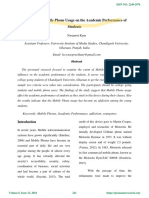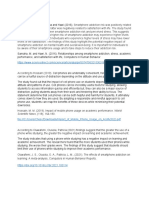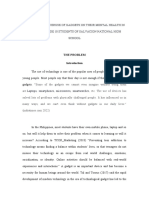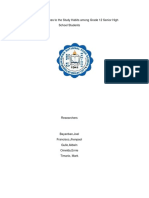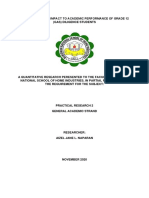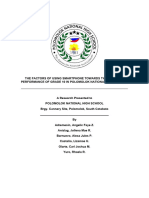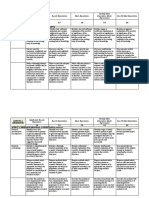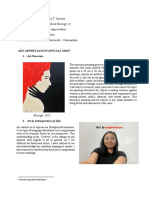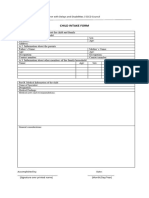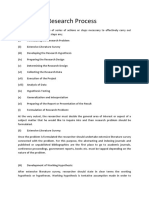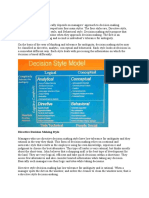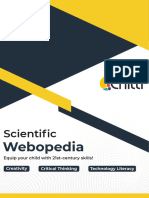0% found this document useful (0 votes)
2K views34 pagesFinal Research Paper
The document discusses the effects of smartphone usage on students' academic performance. It introduces the topic and outlines the problem statement, which is to investigate how smartphones impact junior high school students' ability to complete tasks and understand lessons. The study aims to identify both positive and negative impacts of smartphone usage on students' academic performance and determine strategies to maintain good academic standing. It will provide benefits to students, teachers, parents, and future researchers. The scope is limited to junior high school students in one particular school who use smartphones.
Uploaded by
Dhianne Elezabeth MartinezCopyright
© © All Rights Reserved
We take content rights seriously. If you suspect this is your content, claim it here.
Available Formats
Download as DOCX, PDF, TXT or read online on Scribd
0% found this document useful (0 votes)
2K views34 pagesFinal Research Paper
The document discusses the effects of smartphone usage on students' academic performance. It introduces the topic and outlines the problem statement, which is to investigate how smartphones impact junior high school students' ability to complete tasks and understand lessons. The study aims to identify both positive and negative impacts of smartphone usage on students' academic performance and determine strategies to maintain good academic standing. It will provide benefits to students, teachers, parents, and future researchers. The scope is limited to junior high school students in one particular school who use smartphones.
Uploaded by
Dhianne Elezabeth MartinezCopyright
© © All Rights Reserved
We take content rights seriously. If you suspect this is your content, claim it here.
Available Formats
Download as DOCX, PDF, TXT or read online on Scribd
/ 34








